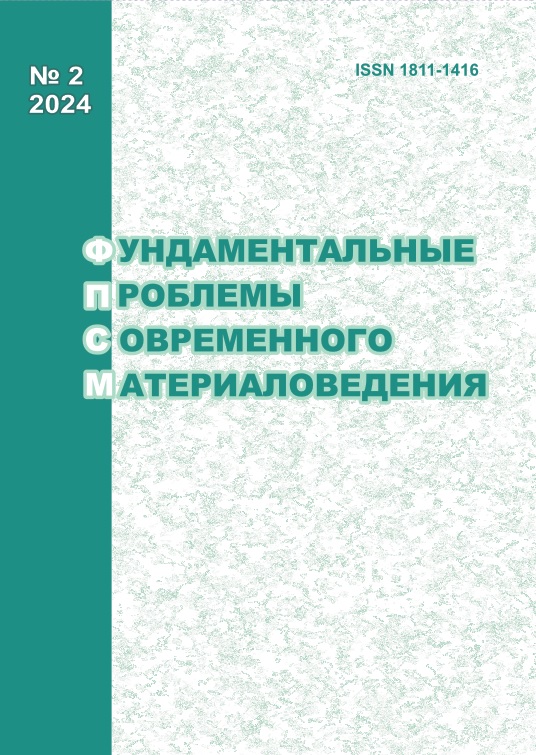ЕFFECT OF DIFFERENT TYPES OF RAIL STEEL LOADING ON THE FINE STRUCTURE EVOLUTION
10.25712/ASTU.1811-1416.2024.02.005
Keywords:
comparative analysis, rail steel, compression, long-term operation, fine substructureAbstract
Using the methods of transmission electron diffraction microscopy and X-ray diffraction analysis, a comparative quantitative analysis of the change in the phase composition, defective substructure and redistribution of carbon atoms of hypoeutectoid steel rails after long-term operation and compression deformation was carried out. Rails were studied at different distances from the tread surface in the head in different directions, and compression was carried out to degrees of 15, 30, 50 %. It is shown that long-term operation of rails and compressive deformation are accompanied by fragmentation, and, under the selected modes, this process is more intense under compression than under long-term loading. When analyzing the process of fragmentation of cementite plates, ideas about the simultaneous occurrence of the mechanisms of destruction by moving dislocations and dissolution are involved. From the dependences of the change in the volume fractions of carbon in cementite and on crystal lattice defects on the selected loading conditions, a conclusion was made about the predominant role of compressive deformation compared to the process of long-term operation. The physical reasons for the nonmonotonic change in the scalar and excess dislocation density depending on the degree of deformation during compression and the distance from the head surface along the central axis and fillet radius and higher values of the scalar dislocation density compared to the excess density are revealed.












 Journal «Fundamental’nye problemy sovremennogo materialovedenia / Basic Problems of Material Science»
Journal «Fundamental’nye problemy sovremennogo materialovedenia / Basic Problems of Material Science» This work is licensed under a
This work is licensed under a 
